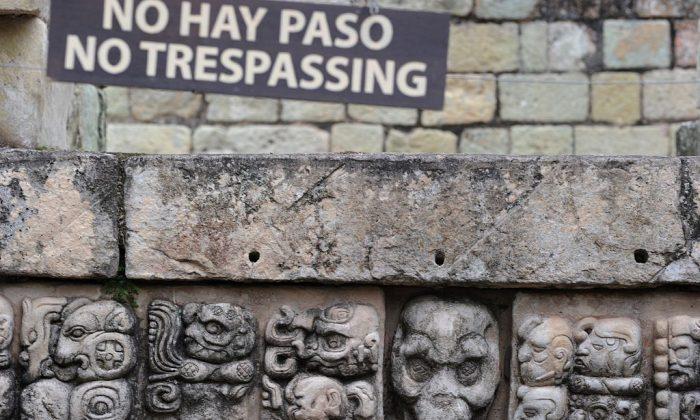He reportedly stepped on the bones by accident, National Geographic reported.
“He accidentally came into the foot of that tomb, and there they stared at the bones of the king,” said research co-director David Freidel.
Waka, earlier known as El Perú, and sometimes written as El Perú-Waka', was a capital city in Maya civilization. The city exists in current day Guatemala’s Laguna del Tigre National Park.
Researchers think the bones could belong to King Te' Chan Ahk, a little documented figure. The bones were found covered in red paint. The paint was applied centuries after his death, because Mayans continued to enter tombs and pay respect to the souls of the dead.
The Waka', known as the Centipede Dynasty in English, lasted from the fourth century to the eighth century. Researchers place the newly found tomb at A. D. 300 to A.D. 350, one of the earliest royal tombs ever found in that region of Guatemala.
Most of the artifacts are ceremonial funerary vessels—a type of shallow pot. They would have contained offerings of food and intoxicants for the dead. Scientists want to conduct chemical tests on the pots’ residue to further understand the contents.
The excavation project has been active since 2003. Earlier notable discoveries include the tomb of a female ruler who ruled during the Snake Dynasty.
In addition to constant threats of looting archaeological sites, the Laguna del Tigre National Park faces the constant threat of getting burned down. Individuals and groups want to use the land for cattle ranching.






Friends Read Free